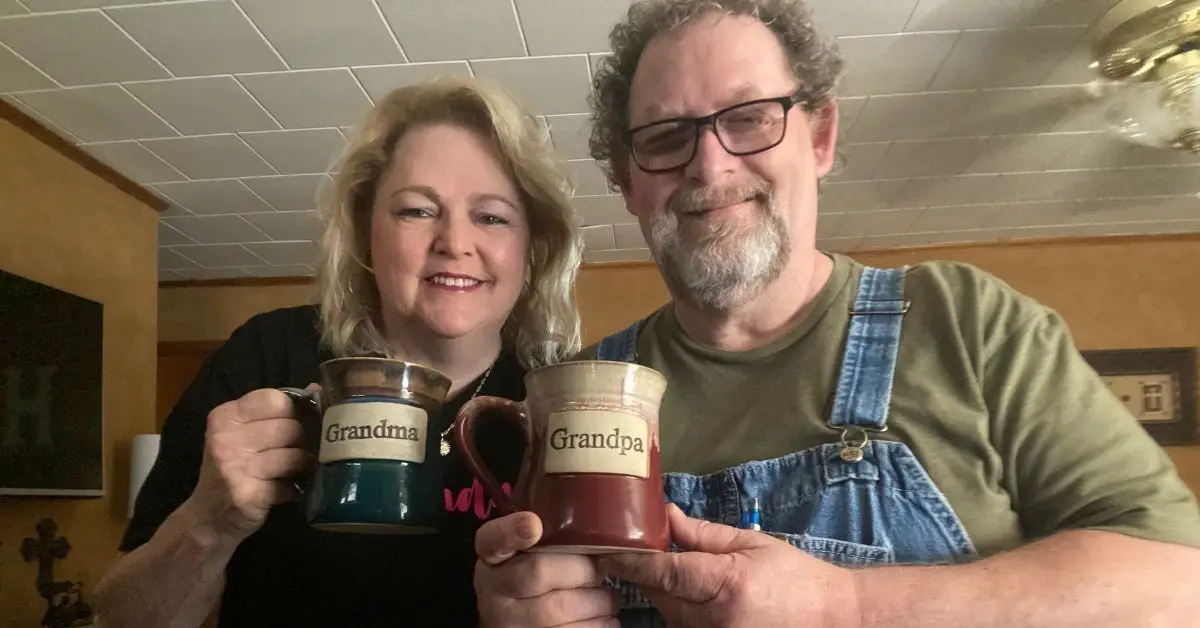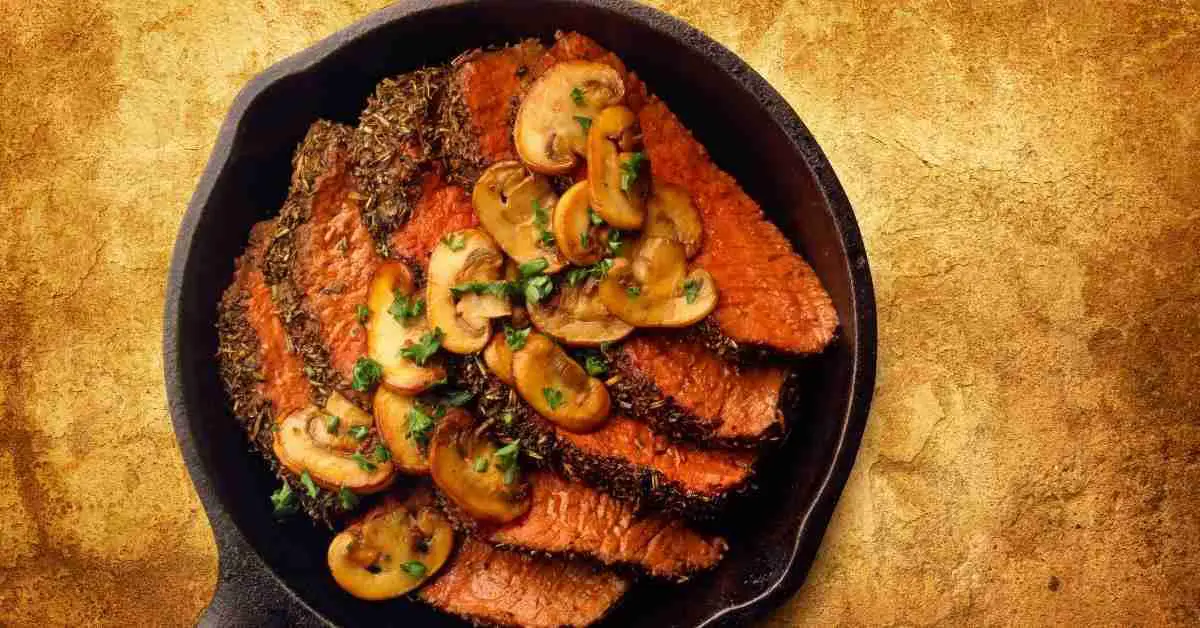Welcome to Mr. Cast Iron! Whether you’re a seasoned cast iron enthusiast or just starting your journey, Mr. Cast Iron is here to guide you. With our expert tips, step-by-step tutorials, and mouthwatering recipes, you’ll quickly become a master of your

Hi, we are Mike and Teresa, A.K.A. Mr. and Mrs. Cast Iron. We are the passionate ones behind the Mr. Cast Iron website and YouTube channel. We are excited to share our knowledge and experience with you through our blog articles and videos.
Table of Contents
Why Choose Mr Cast Iron?
At Mr. Cast Iron, we believe that cast iron is more than just a cooking tool; it’s a tradition passed down through generations. We’re dedicated to helping you learn, maintain, and fall in love with your
- Hands-on Expertise: Real-life experience and proven tips for cast iron care.
- Comprehensive Guides: From beginner basics to advanced techniques.
- Delicious Recipes: Easy-to-follow recipes that make the most of your cast iron.
- Community Focus: Join a network of cast iron enthusiasts sharing tips and stories.
Get Started with Our Top Resources
Are you still trying to figure out where to begin? Start with these must-read articles and guides, and check out our favorite things to use:
- Cast Iron for Beginners: This is our go-to guide for getting started with cast iron cooking, including essential care tips and common mistakes to avoid.
- How to Season Your Cast Iron Skillet: Learn the simple steps for perfect seasoning that ensures non-stick performance and lasting durability.
- Common Cast Iron Myths Debunked: Separate fact from fiction and get the real stories about caring for cast iron.
What Will You Learn Here?
We answer your most pressing questions, such as:
- What’s the best way to clean a cast-iron skillet? Learn the dos and don’ts of cleaning cast iron without destroying its seasoning.
- Can you use soap on cast iron? Clear up the age-old debate with practical advice.
- How do you remove rust from a cast iron skillet? Learn the foolproof method to restore your cast iron to its former glory.
Here at Mr. Cast Iron, we don’t believe there is a stupid cast iron question, so don’t feel intimidated. We have put together a Frequently Asked Questions page with many more great tips and tricks to help answer the most common questions. But if we didn’t address yours, be sure to leave us a comment with your questions, and we will do our best to answer them.

Explore Our Recipe Collection
Cast iron cooking isn’t just about maintenance; it’s about creating unforgettable meals. Check out some of our most popular recipes:
- Classic Cast Iron Skillet Cornbread: A golden, crispy favorite perfect for any occasion.
- Sizzling Steak Seared to Perfection: Unlock the secrets to a perfect crust and juicy interior.
- Whole Chicken In Cast Iron: Discover how to achieve crispy skin and tender, juicy meat with every roast.
Join the Mr. Cast Iron Community
Cooking is better when shared. Join our growing community of cast iron enthusiasts by subscribing to our newsletter and following us on social media. Share your cooking adventures, learn from others, and become part of a network that’s as passionate about cast iron as you are.
Start Your Cast Iron Journey Today!
We’re excited to be a part of your cast iron journey. Whether you’re looking for maintenance tips, new recipes, or answers to common questions, Mr. Cast Iron has you covered. Dive into our blog and discover everything you need to know to elevate your cast iron cooking experience.